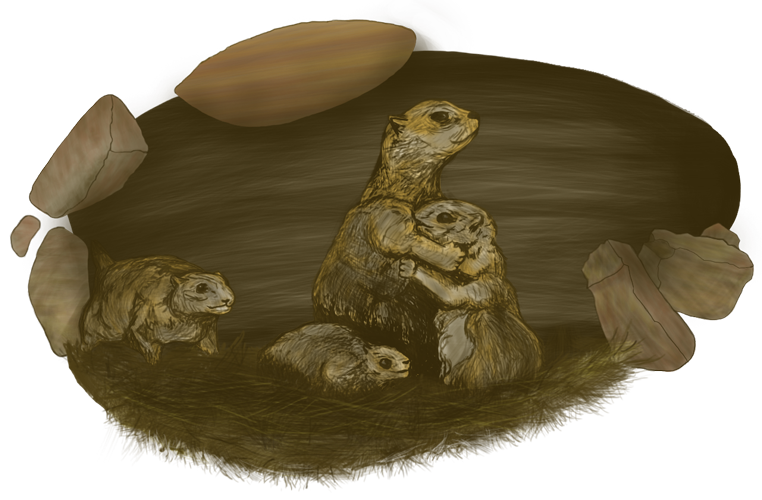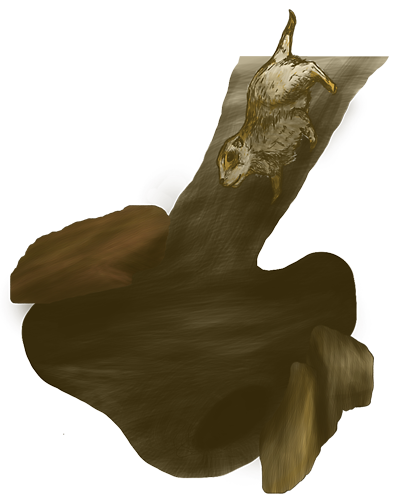History & Accomplishments
First Vegetation Map of Flagstaff
In 2009, Habitat Harmony was proud to sponsor Dr. Lawrence Stevens of Stevens Ecological Consulting, LLC as he created a draft habitat map of the City of Flagstaff. To our knowledge, Dr. Stevens’ efforts resulted in the first-ever coarse-scale map showing different vegetation types in the City of Flagstaff. This map is an important first step in determining vegetation cover and wildlife habitat, which will help inform City of Flagstaff urban planning efforts during the current ongoing revisions of both the Regional Plan and the Land Development Code.
Working with GIS (Geographic Information Systems) data layers and 2007 aerial overflight photography provided by the City of Flagstaff, and after consulting with Northern Arizona University professors Dr. Tina Ayers (Biological Sciences) and Dr. Paul Beier (Forestry), Dr. Stevens identified eight important coarse-level vegetation types and habitats within city limits. These include:
- Native mixed conifer - oak forest & woodland
- Non-native deciduous and mixed conifer shrub, woodland, and forest
- Native hillslope (chaparral shrub and woodland plants)
- Native grassland meadow
- Disclimax meadows (usually dominated by non-native weeds and often sparsely vegetated)
- Lawn and yard groundcovers
- Riparian meadow
- Open water
The team mapped existing land zoning data onto the photographic imagery, and determined the acreage of different zoning designations (building, industrial, roads and roadsides, rural, suburban, urban, unknown, non-City lands, and unclassified lands) on each section of City land. They also estimated the percent of area covered by the eight habitat types on each section, as well as the area occupied by impermeable anthropogenic activities and features. Lastly, they visited several sections to qualitatively evaluate vegetation patterns, and refined a list of invasive species found in Buffalo Park (developed by Dr. Ayers).
In addition to providing this first approximation of a City-wide habitat map, Dr. Stevens is compiling a list of animals that occur within City limits, in cooperation with other members of Habitat Harmony’s Expert Forum for Wildlife and Open Spaces. We expect that both the map, data layers, and these important compilations of the City’s fauna will be used (and revised) by City and County urban planners, interested citizens, and conservation groups.
To view or download a copy of Dr. Stevens’ draft map and report, Click Here to go to the Expert Forum for Wildlife and Open Space page of our website. For more technical information about the map and data layers, please contact Dr. Lawrence Stevens at This email address is being protected from spambots. You need JavaScript enabled to view it..












